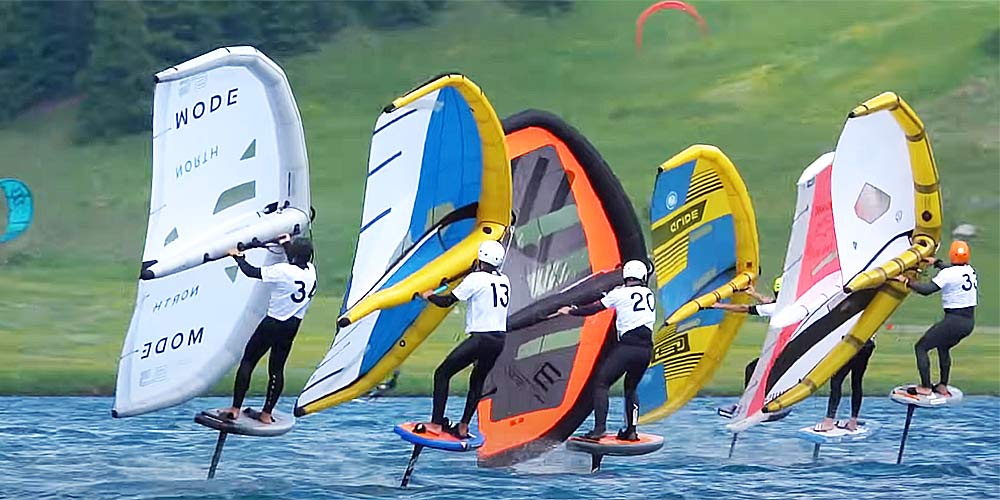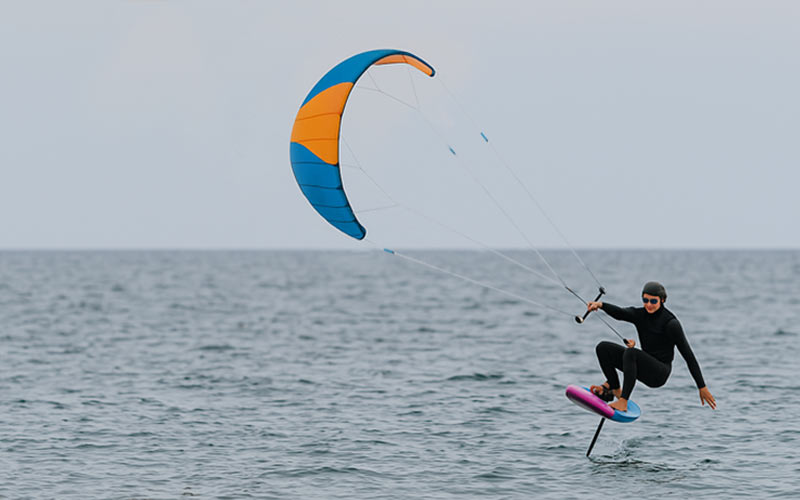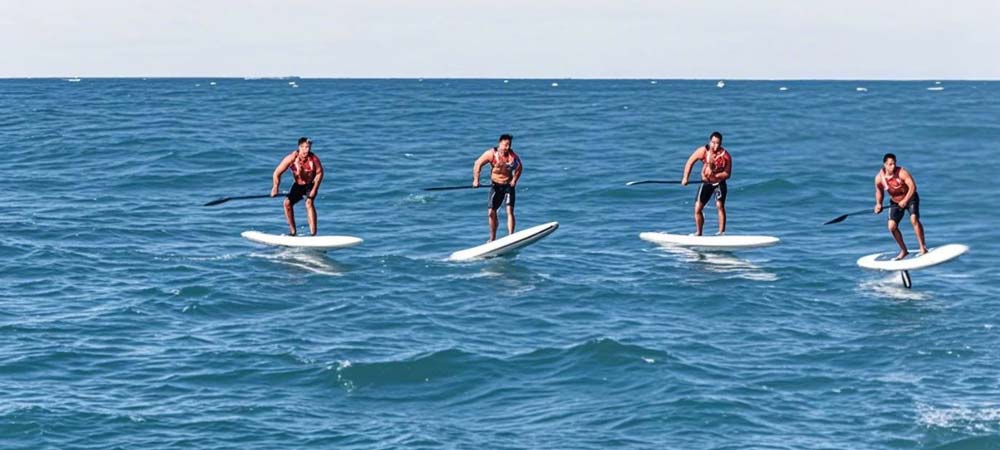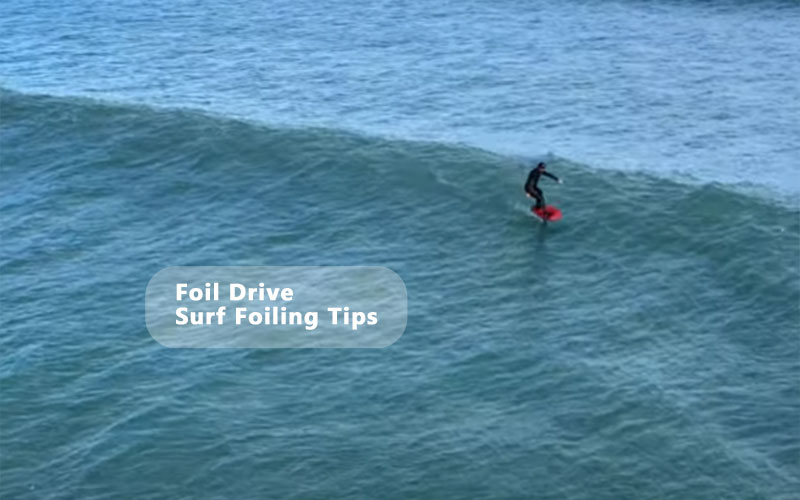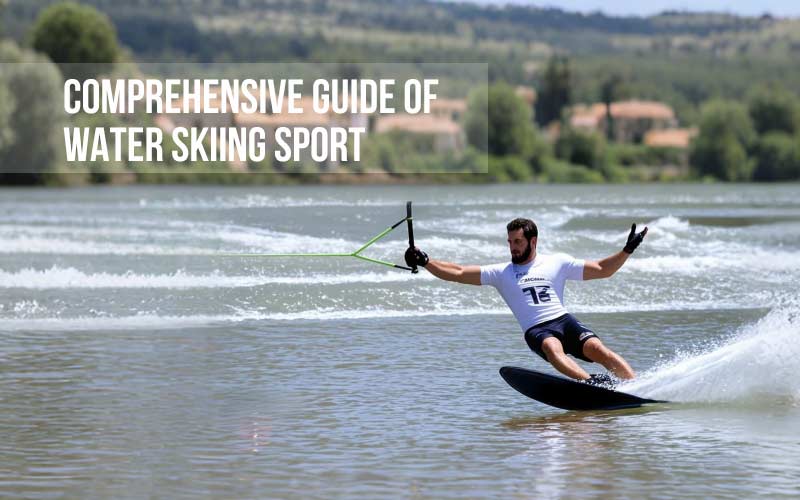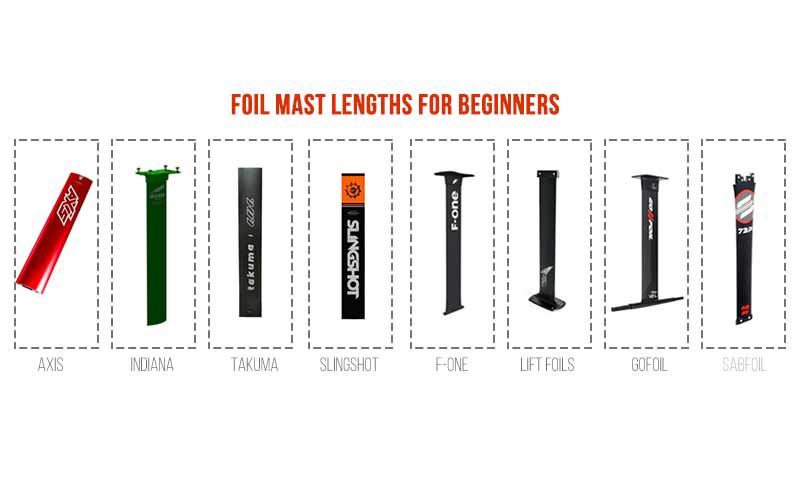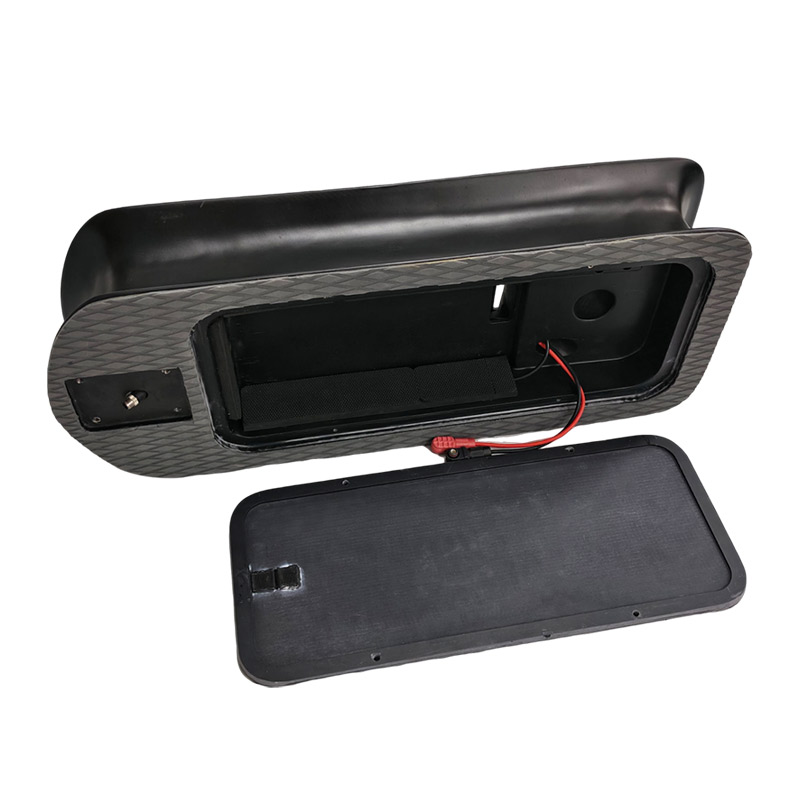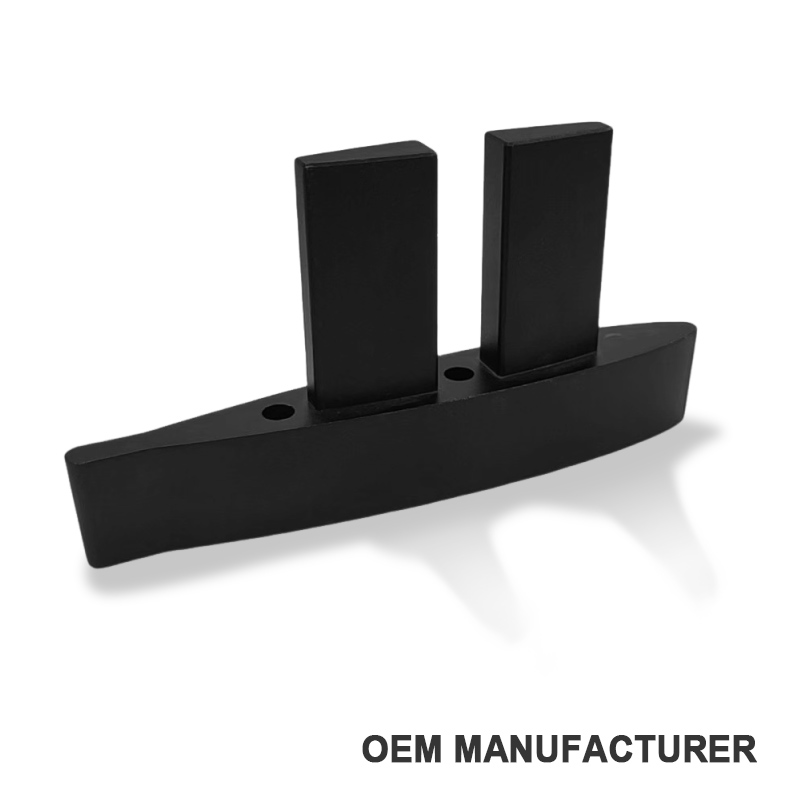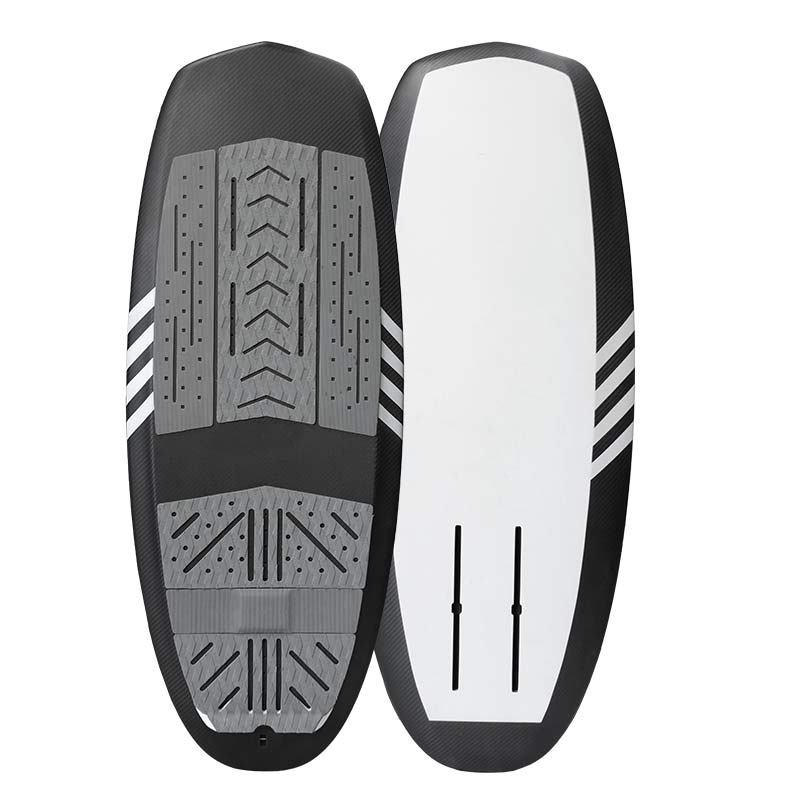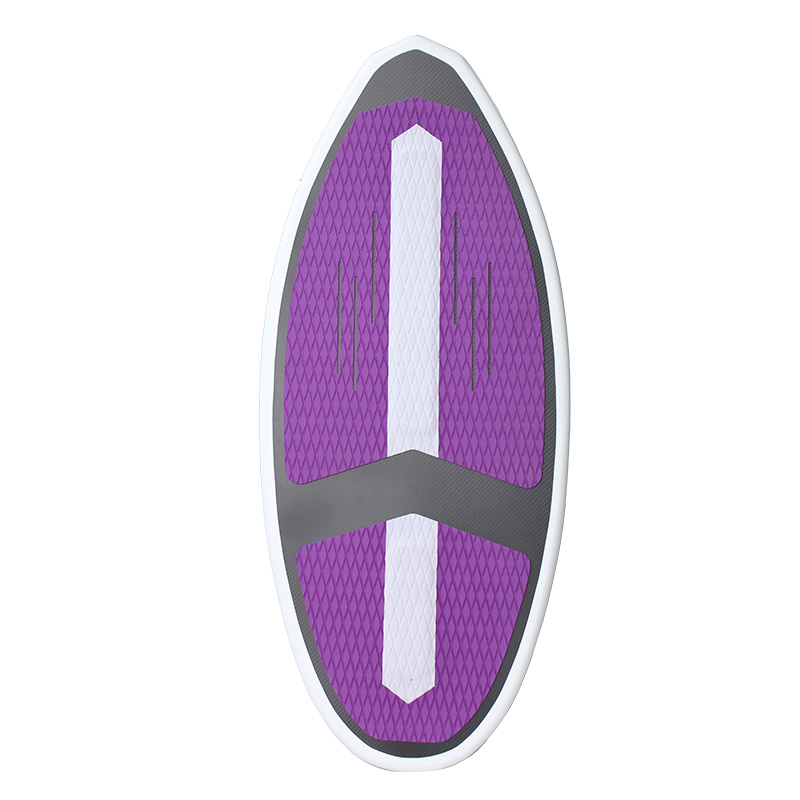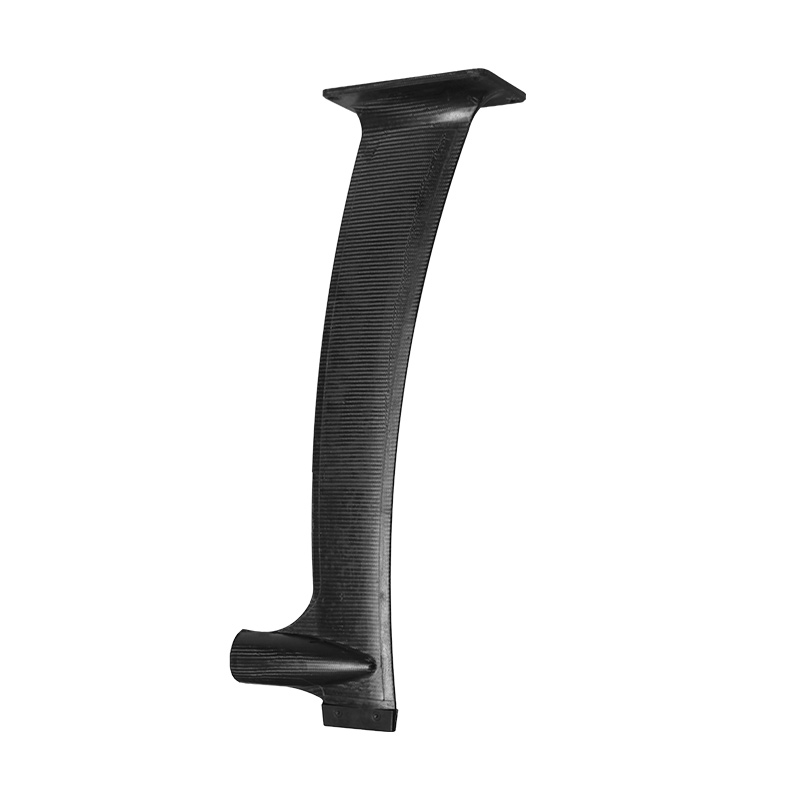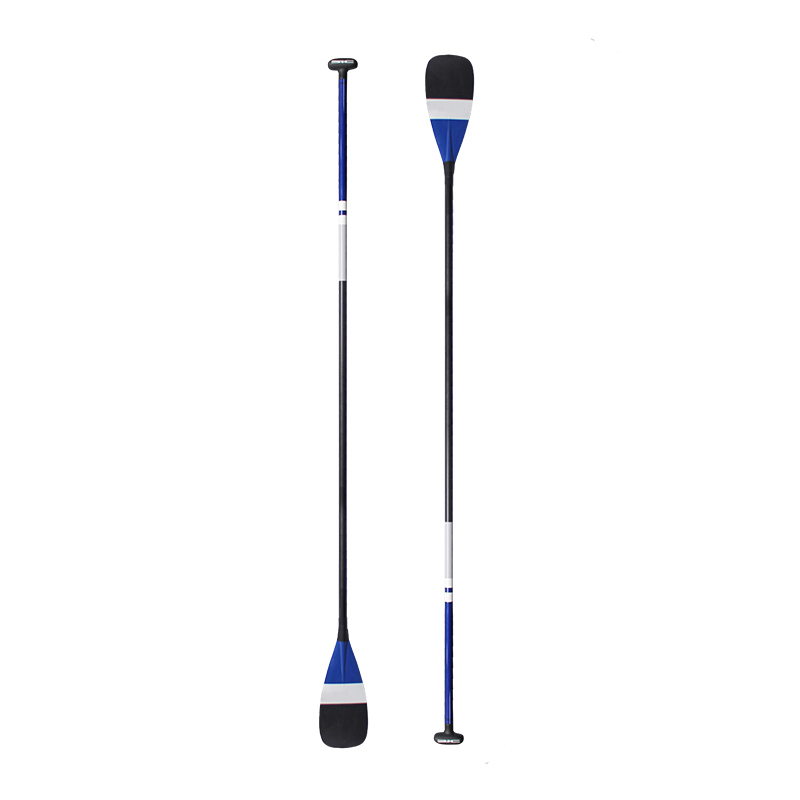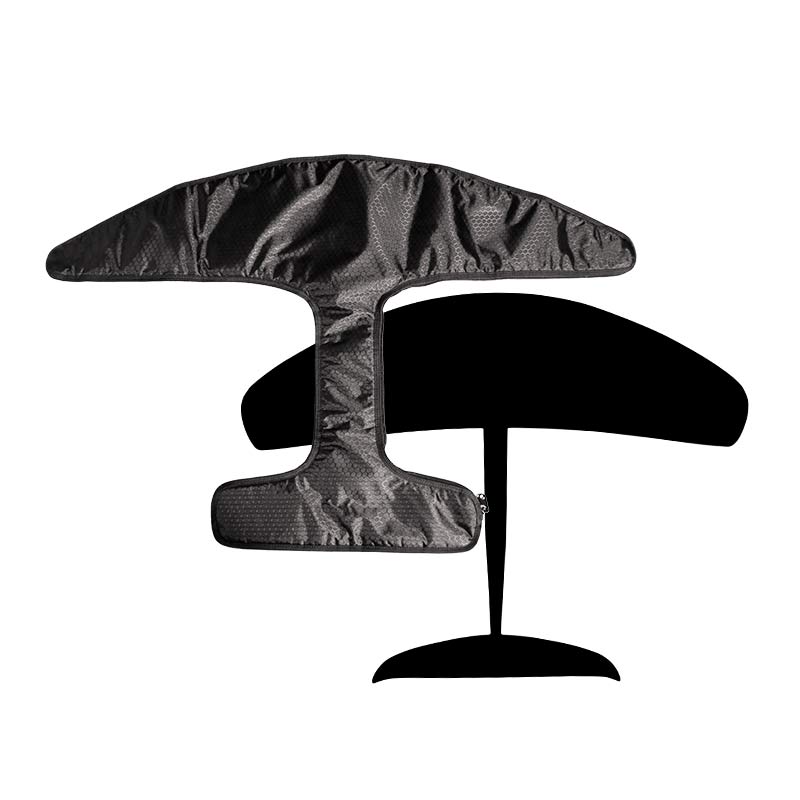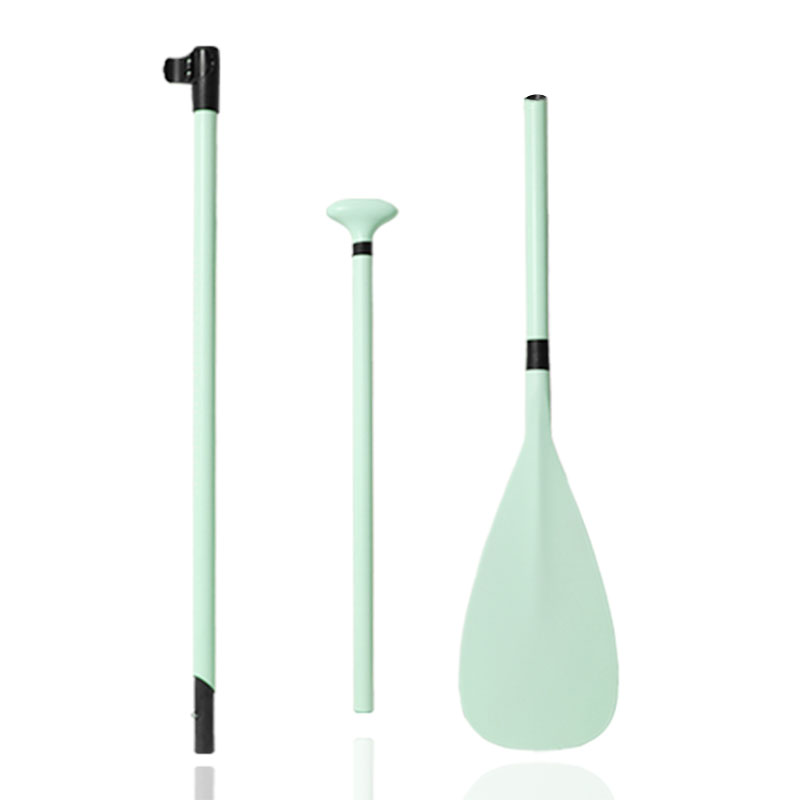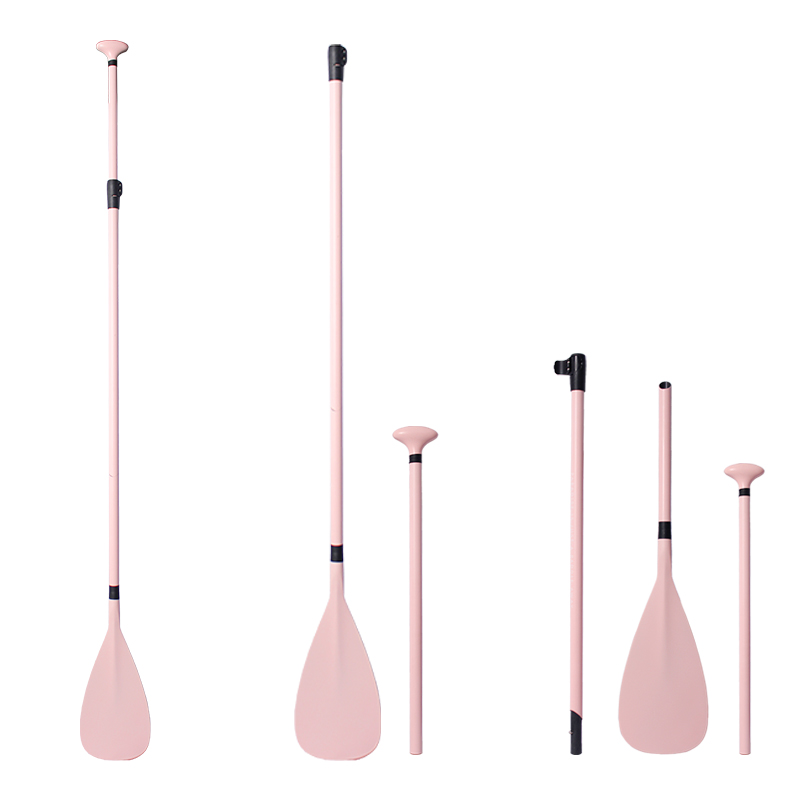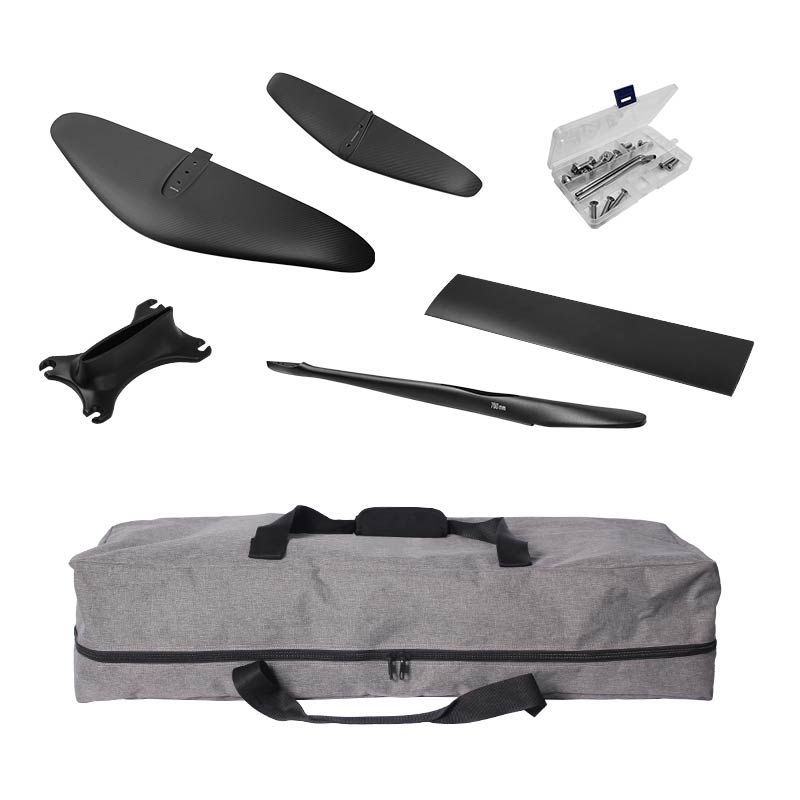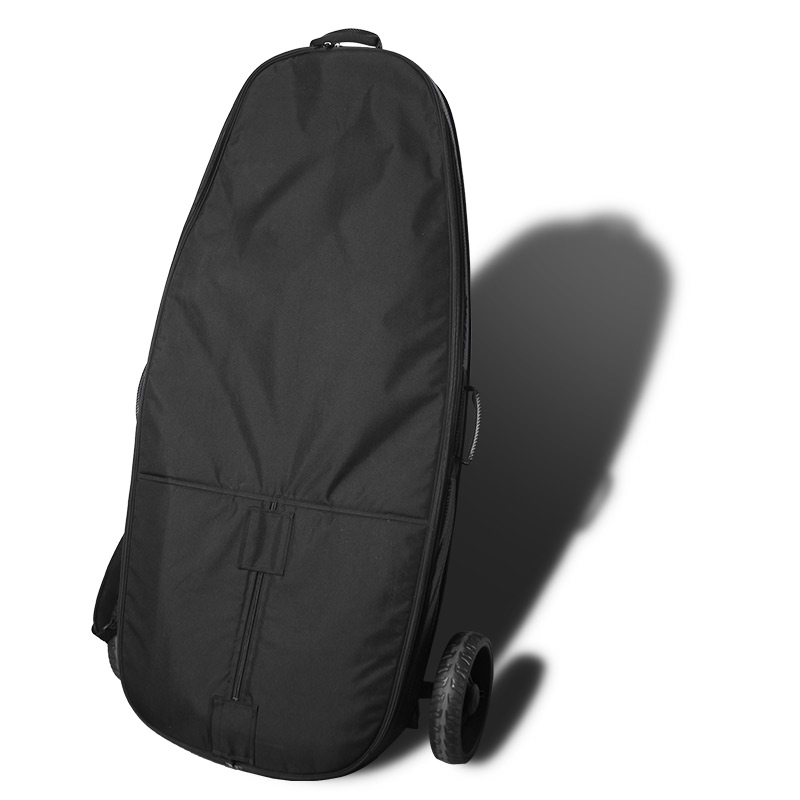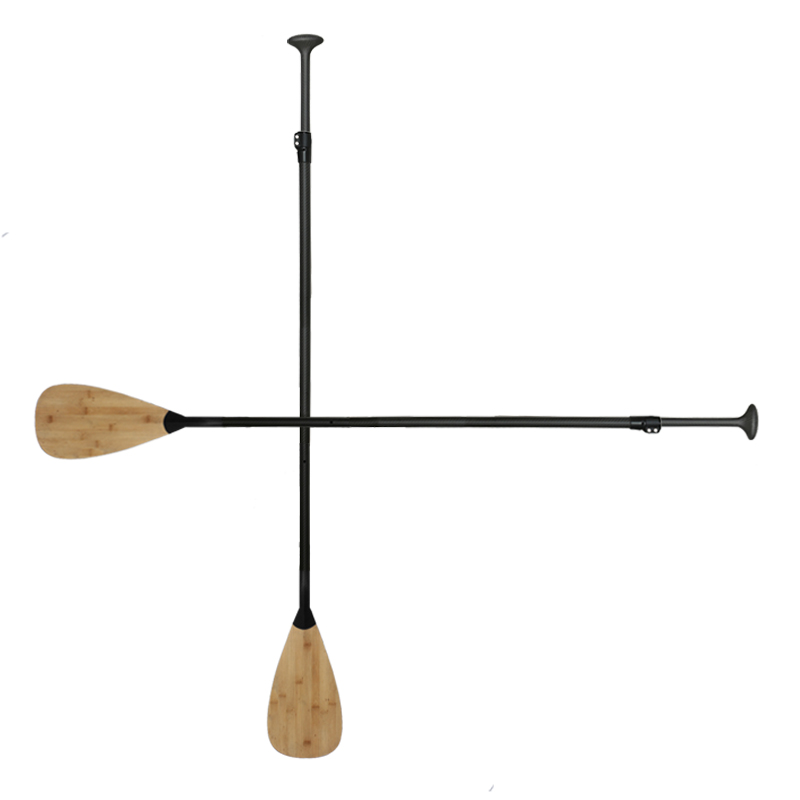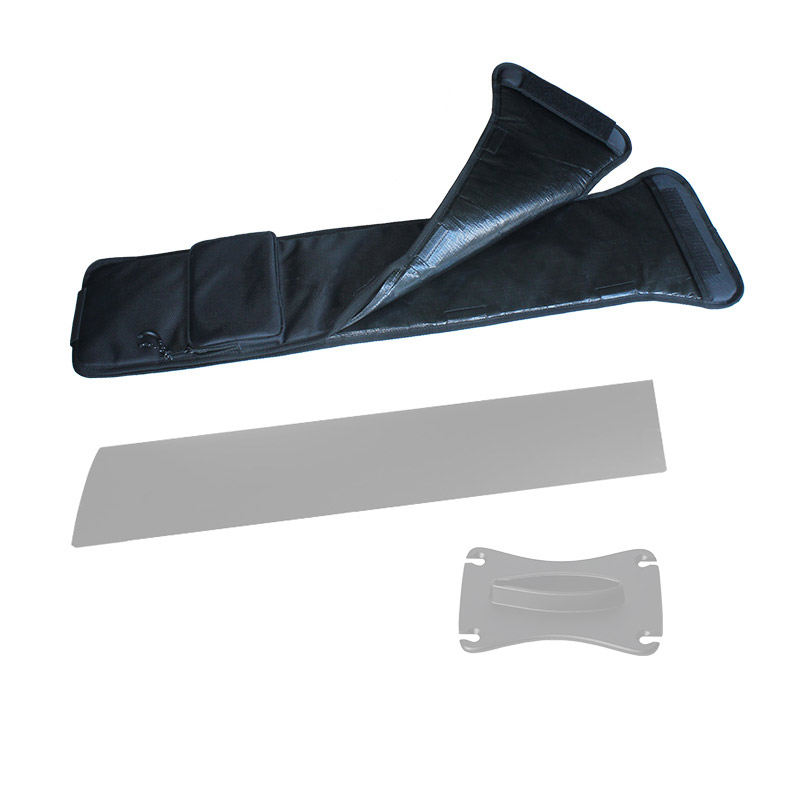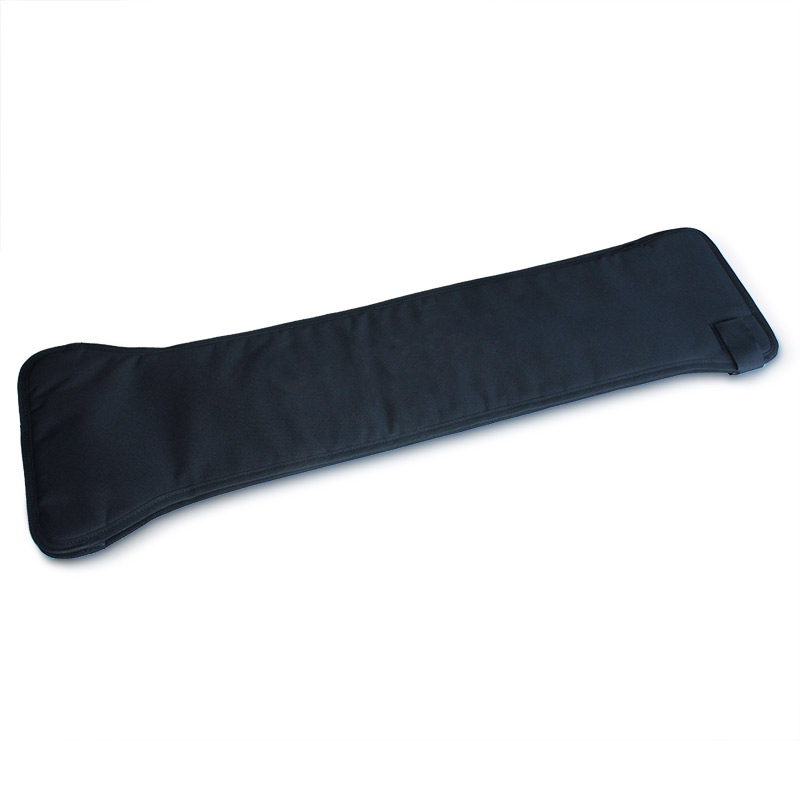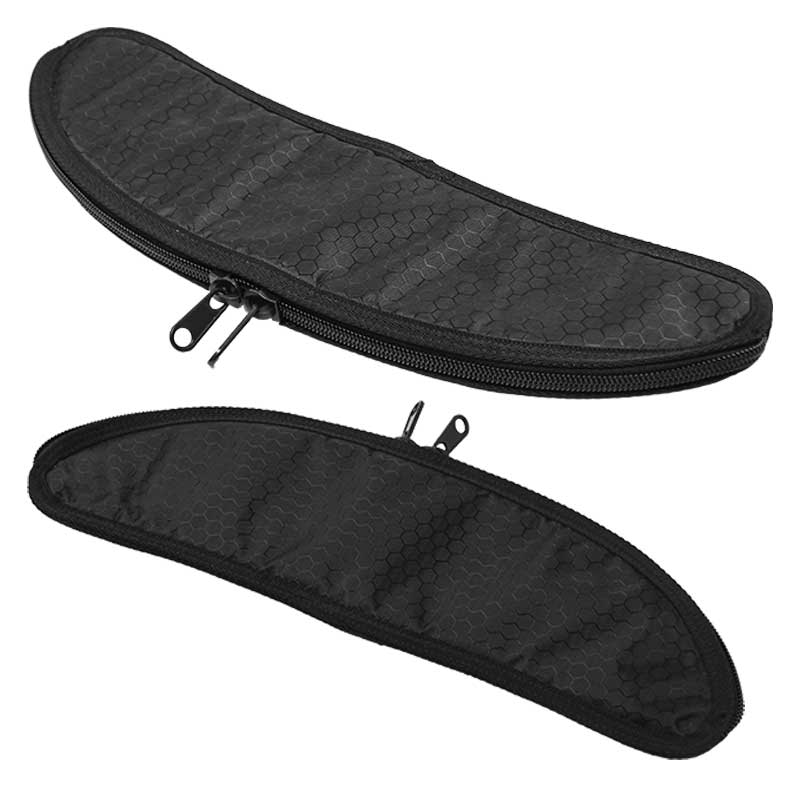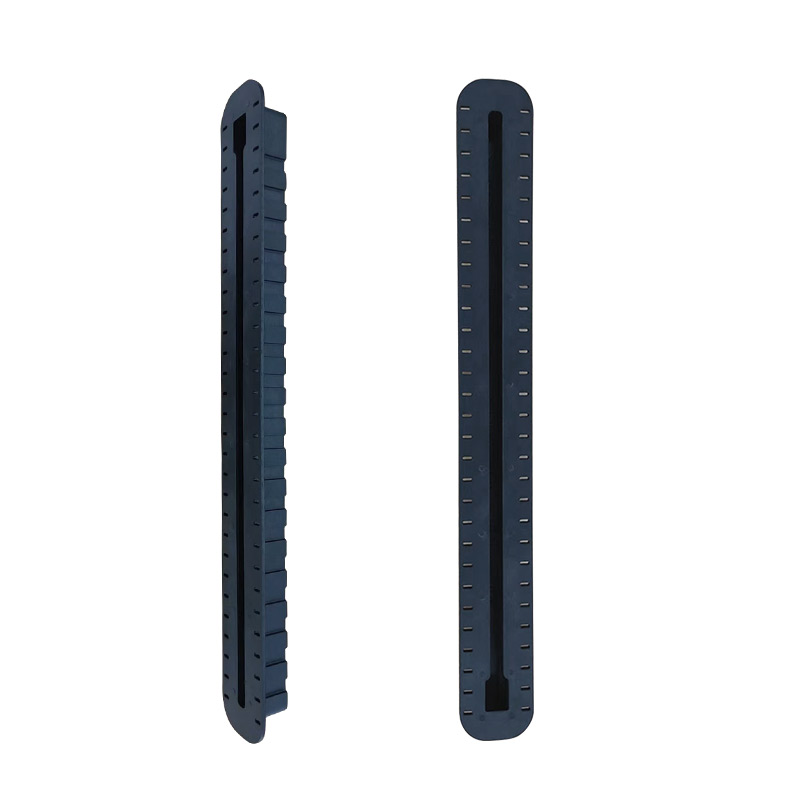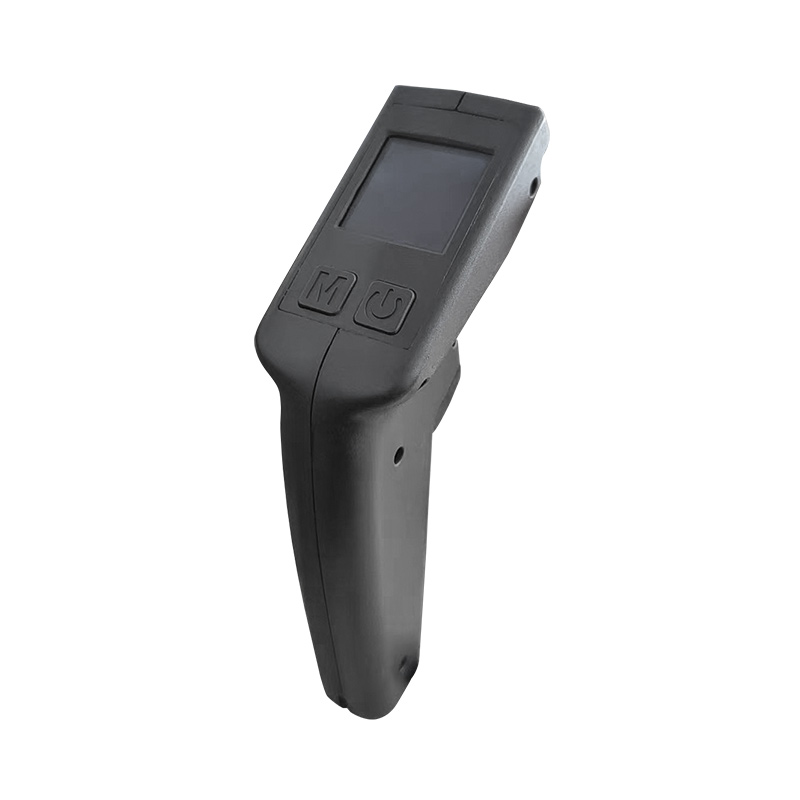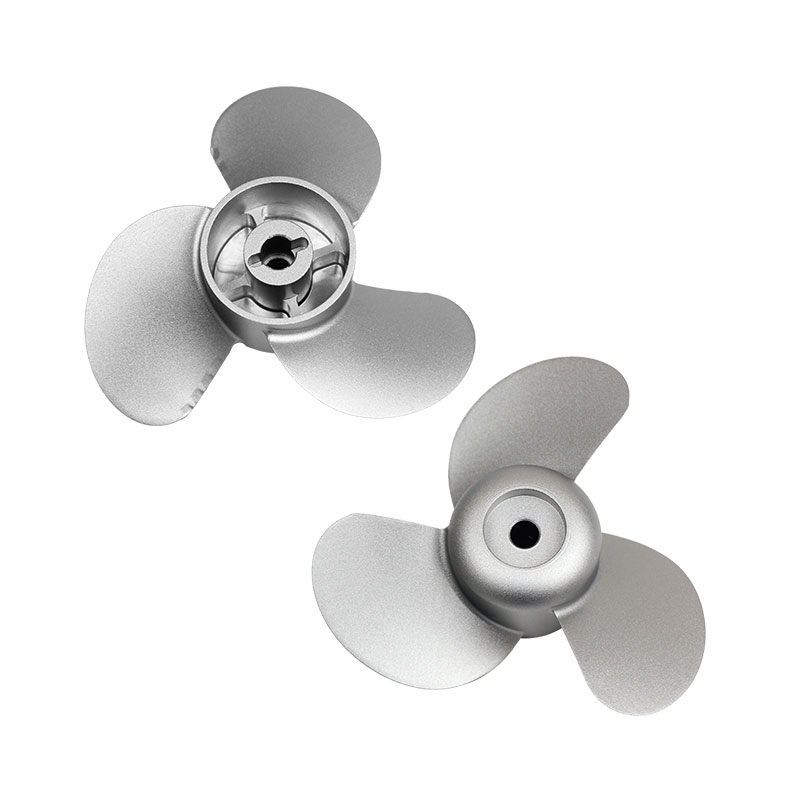On the vast oceans, windfoil surfing has always captivated brave sailors with its unique charm. In recent years, the windsurfing foil, which combines traditional board design with advanced aerodynamics, has emerged as a revolutionary innovation. It moves like a flying fish in the sea, or like a kite in the air. This cutting-edge watersport equipment has brought new vitality to windsurfing. In the 2024 Paris Olympics, the windfoil surfing will replace the RS:X board and officially enter the Olympic level. Today, let’s explore the world of windsurfing foils and discover their mysteries and appeal.
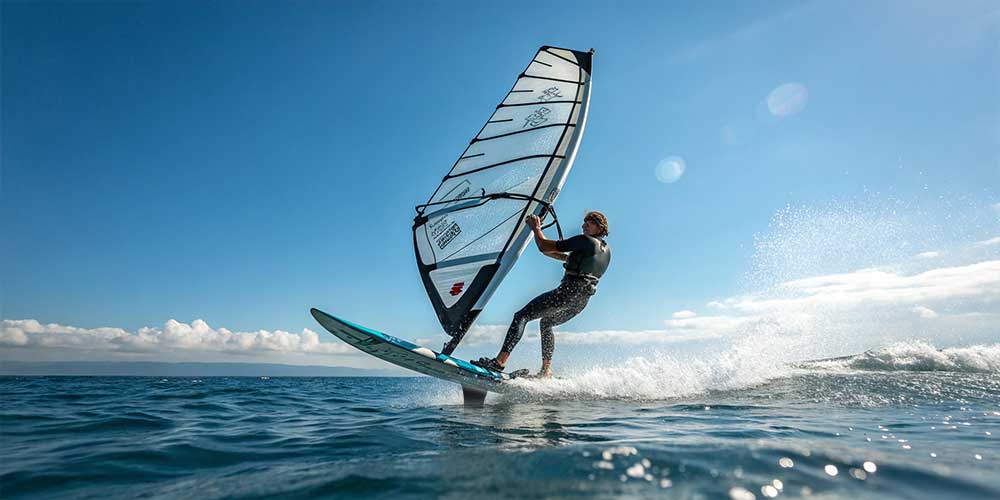
What is a Windfoil Surfing?
A windsurfing foil, as the name suggests, is a new type of windsurfing board that integrates both the traditional board and foil technology. It uses the lift generated by the foil to raise the board, allowing it to “fly” over the water’s surface. Unlike traditional windsurfing boards, the foil board has much less contact with the water, reducing drag and increasing speed.
How Does a Windsurf Foil Work?
The core principle behind a windsurfing foil is based on the Bernoulli Principle, which combines the lift of the foil and the thrust of the sail. When the waves hit the foil, the special design of the foil generates upward lift, raising the board above the water. At the same time, the sail captures the wind’s power to propel the board forward. By adjusting the angles of the foil and sail, the balance of lift and power can be controlled, allowing the foil board to maintain stable movement in various conditions.
Additionally, the operation of the foil is based on aerodynamics, similar to the principles used in airplane wings to generate lift. The curved surfaces of the foil’s top and bottom create a pressure difference in the water, generating lift. The faster the foil moves, the greater the lift, similar to how an airplane’s wings provide lift through engine power. Once airborne, the foil’s design maintains stability and balance by adjusting its angle to counteract gravity.
When riding a windfoil surfing, athletes need to apply pressure with their front or back foot to adjust the foil’s shape and angle as it interacts with the water. Every small adjustment can significantly affect the foil’s performance. Environmental factors, such as wave size, current speed, and wind strength, also influence the foil’s stability and speed. Therefore, riding a foil board requires advanced skill and experience.

How is a Windsurfing Foil Made?
The production of a windsurfing foil is a highly complex and technologically demanding task. The design and manufacturing of the foil are at the core of the process. Manufacturers must consider factors like wave characteristics, wind direction, and speed to create a foil that generates sufficient lift, directly affecting the foil’s speed, stability, and performance.
The foil system typically consists of a mast (or “main pole”), fuselage, front and rear wings, and base. These components’ precise specifications and construction are crucial to the foil’s performance. The mast, as one of the key structural elements, needs careful design, with its length, height, and structure tailored to specific requirements. Carbon and aluminum are common materials for constructing masts, with carbon being preferred for its lightness and strength. Although aluminum masts are less expensive, they tend to be heavier and less durable than carbon fiber masts.
As a professional manufacturer of carbon fiber surf products, Unity Sports offers customized production services for windsurfing boards, masts, booms, bases, hydrofoils, and more. Contact us for more details. Next, the board’s production also considers weight, strength, and buoyancy factors. Finally, combining the foil with the board and adding a sail completes the high-efficiency, stable windfoil surfing setup.
What are the Different Types of Windsurfing Foils?
Windsurfing foils can be classified into several types, such as racing foils, freeride foils, wave foils, and freestyle foils.
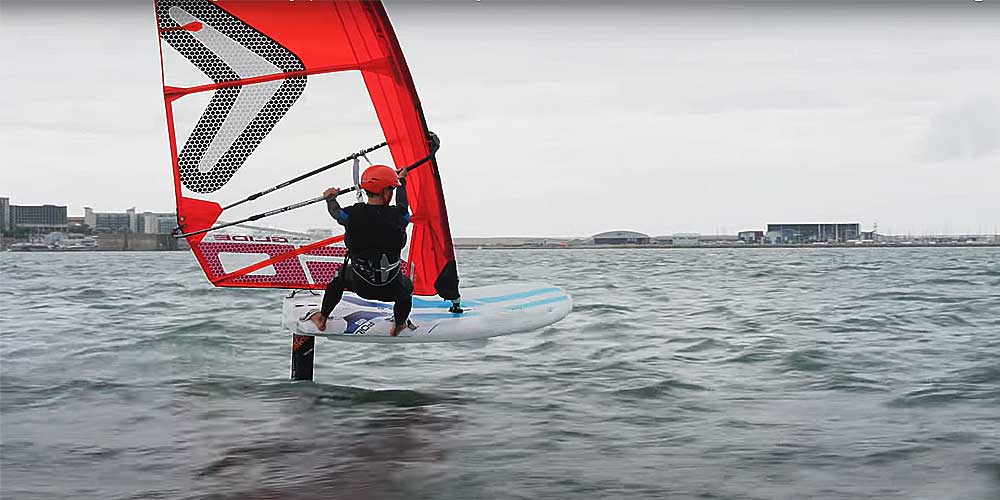
- Racing Windsurfing Foil: Made of carbon material, the mast is long, and the fuselage is longer with larger front and rear wings. The sail has a high aspect ratio, suitable for a wide range of wind strengths, providing plenty of power. The board tail is wide, designed for turning and PWA slalom races. It performs well in upwind and downwind conditions, maintaining a high angle of attack.
- Freeride Wind Foil: Typically made of aluminum or carbon, with a larger foil surface but narrower width. The sail is lightweight with a high aspect ratio and has a firm, stable leech twist. The board is wide but not long, with a square tail. Ideal for beginners or intermediate riders in flat water environments.
- Wave Windsurf Hydrofoil: The foil is often made of aluminum, with a large front wing to enhance lift and reduce the chance of stalling. The sail is light and easy to handle, similar to freeride foils. The board is shorter with a wider surface and thinner tail, positioned with footstraps further inboard and forward. This setup is designed for wave riding and minimizes reliance on the sail.
- Freestyle Wind Surf Foiling: Often made of aluminum, with a large front wing to generate lift and prevent stalling. The sail is smaller, designed for freestyle maneuvers. The board is short and features a tail fin box to withstand impacts. This design is ideal for freestyle tricks, light and responsive for jumps and spins.
The Revolution in Olympic Windsurfing
Since windsurfing first debuted at the 1984 Los Angeles Olympics, the Olympic windsurfing equipment has undergone several transformations, deeply influencing windsurfing concepts at all levels. A comparison of the equipment used in each Olympic Games shows this evolution: 1984 Los Angeles Olympics – Windglider, 1988 Seoul Olympics – Lechner Division II, 1992 Barcelona Olympics – Lechner class, 1996 to 2004 – Mistral class, 2008 to 2020 – RS:X class.
However, with technological advancements, the windsurfing foil, with its unique appeal, has become a rising trend in windsurfing. After continuous technical improvement and rule testing, windsurfing foils have gained recognition from the International Olympic Committee (IOC) and will officially debut in the Paris 2024 Olympics. This historic event marks the official recognition of windsurfing hydrofoils and injects new life into the global promotion and development of the sport.
Windsurfing Foil vs. RS:X:
Comparing Slalom and Marathon
While both the windsurfing foil and the RS:X utilize wind and water flow to drive the board, there are significant differences in design and operation. The RS:X uses a fin to keep the board afloat on the water, while the wind foil surfing uses a wing design, similar to an airplane’s wing, that allows the board to “fly” above the water.
If we compare windsurfing to a marathon race, the RS:X is akin to a full marathon, requiring endurance and speed control. The windsurfing foil, on the other hand, resembles a half-marathon obstacle course, demanding not only speed endurance and explosive power but also precise technique to overcome obstacles in the water.
Therefore, the wind foil surfing demands higher physical strength and technical expertise, requiring great leg strength and control to handle the foil effectively. Both equipment types require skill and strength, but the challenges and requirements are distinct.
Conclusion
As a new and emerging windsurfing discipline that blends technology with nature, windsurfing foils are rapidly gaining attention and popularity. With their unique design and efficient operation, they exemplify the future direction of water sports. As global attention increasingly focuses on sustainability and environmental protection, windfoil surfing is set to become a key development in the future of ocean sports. Let’s look forward to the exciting performances of this innovative sport in the future!

